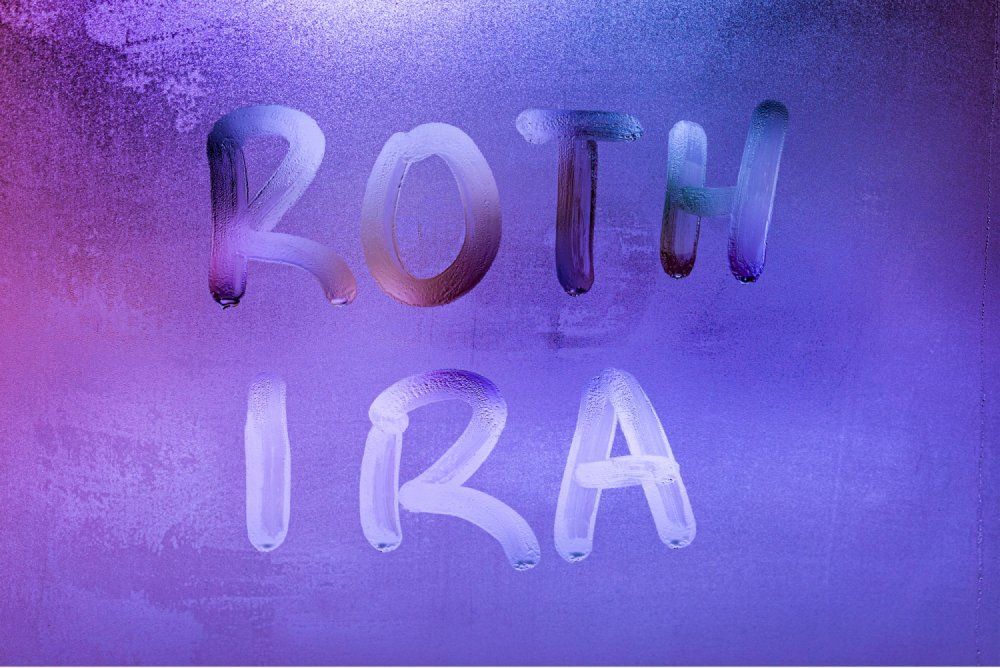Incentive Stock Options
As employees continue returning to work, many are offered employee stock ownership as part of their compensation package. Our last post discussed one of the few types of employee stock ownership, restricted stock units. This post will be dedicated to another option–incentive stock options, or ISOs.
Incentive stock options allow employees to purchase stock shares at a price for a predetermined amount of time. When an employee elects to buy the stock option, a term known as exercising an option, they are often getting a good deal on this company stock. This is because the price per share stays stagnant for the employee, unlike the market price, which could appreciate significantly over a few years.
For example, Rosa Rivers took a job at Twin Rivers Wealth Management and was offered 1000 ISOs at $10 per share over the next ten years. At year two, Rosa decides to purchase the shares she was offered for $10 per share, or $10,000, while the stock’s market price is $40 per share. Rosa has just gained $30,000 immediately because her 1000 shares’ overall value was $40,000, and she was able to purchase them for $10,000.
Rosa’s $30,000 gain when she exercised her stock option is categorized as a preference item for alternative minimum tax. When AMT was enacted by congress in 1969, it was designed to ensure the wealthy paid their fair share of taxes and added back in write-offs only the financially inclined could utilize. Over the years, the law had not been adjusted adequately for inflation. Meaning, alternative minimum tax began affecting more people than initially intended. This was a much bigger tax burden until the tax laws changed in 2017.
Currently, an employee does not have to worry about AMT unless the total gain on their stock options and taxable income exceeds $1,000,000 ($500,000 for single). If you are considering exercising or selling your incentive stock options, we can help. A financial advisor and tax preparer at Twin Rivers Wealth Management will work together to schedule when you should exercise your options and sell your company stock to minimize the tax liability.
Similar to RSUs, ISOs have a vesting schedule. Your ISOs’ vesting schedule plays a large role in the tax treatment you receive when purchasing your stock and when you sell them. To avoid paying taxes when they exercise their ISOs, employees must wait two years from when they were offered the stock options. Once they exercise their ISOs or buy them at a discounted price, they must hold the stock for an additional year to receive a favorable capital gains rate. The difference between your ordinary income tax rate and capital gains rate could be drastic for employees in high-tax brackets.
Incentive stock options are a standard tool employers use to motivate their employees to stay long-term. To get the most out of your employee stock options, you often have to wait at least three years from when you are granted your stock options before you can sell them. Sometimes you can negotiate when you can exercise your stock options to speed up the process; however, this is often dependent on your company’s flexibility. If you have an employee stock ownership plan as part of your compensation package, please call our team to help you schedule when you collect your ISOs. Your stock options are not a bonus. They are compensation for your hard work, and we at Twin Rivers Wealth Management want to ensure that you have been compensated accordingly for the time you have worked and make a plan to avoid unnecessary taxes.
Can We Help?
The Twin Rivers team wants to guide you on your journey to financial success. If you have any questions about the topics above or would like to discuss any financial decision you are facing, please do not hesitate to contact our team.










